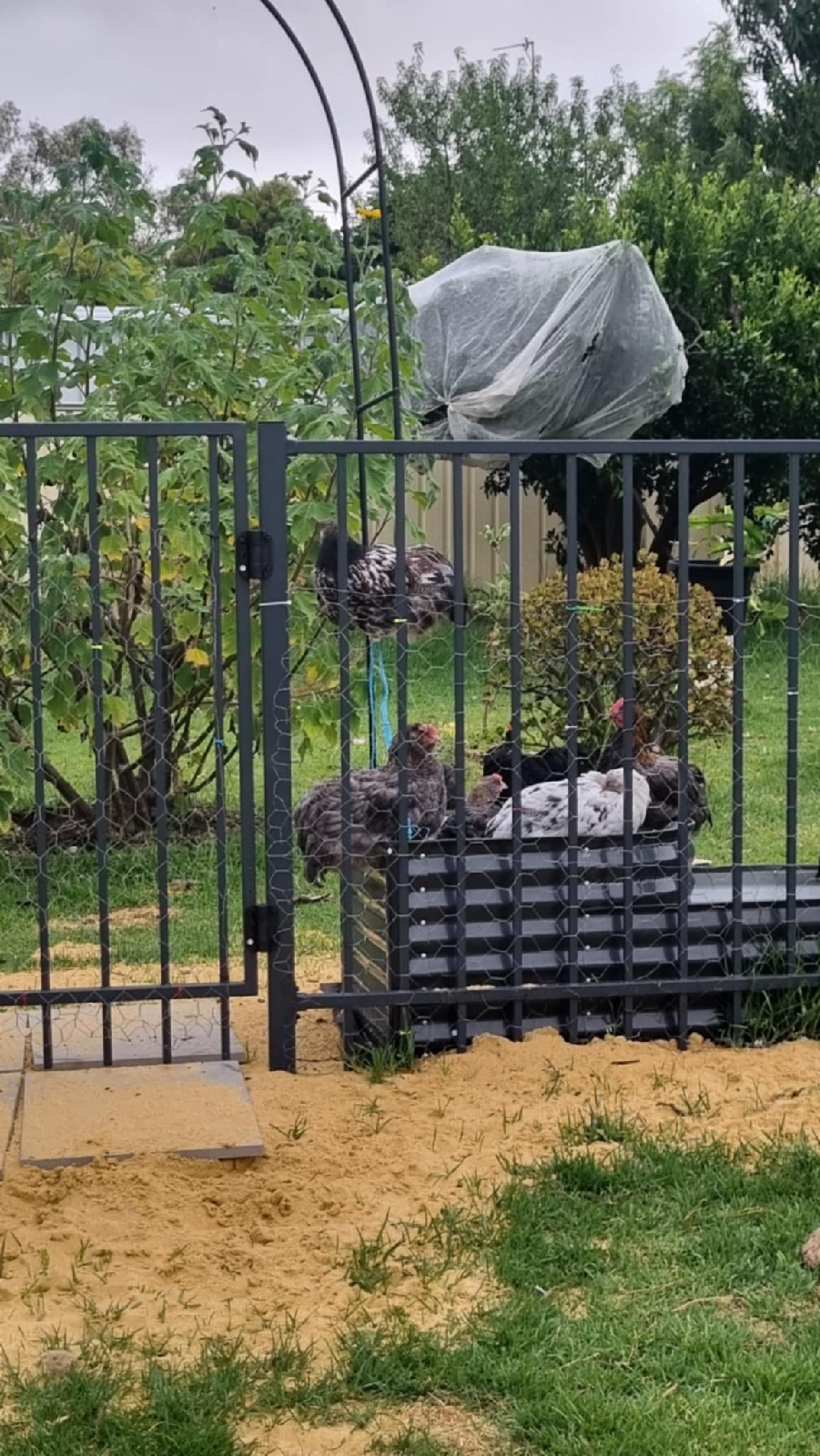The Magical World Of Fungi
Fungi to me, are the most fascinating organism on Earth. It is estimated that there are between 2.2 and 3.8 million species, yet there are only roughly, 144,000 that have been described by and are known to scientits.







Fungi is defined as "any group of spore-producing organisms feeding on organic matter, including moulds, yeast, mushrooms, and toadstools." - Oxford Languages.
Belonging to the Kingdom Fungi, they are multicellular, eukaryotic organism, that are heterotrophs - meaning, they cannont make their own food, instead they provide a vital service to Earth, they break down organic matter, and, at the same time, provide themselves with a tasty meal.
There are varying opinions as to what the main phyla of fungi are, for arguments sake lets assume Fungimap has it correct, they are:
. Ascomycota
. Basidiomycota
. Chytridiomycota
. Blastocladiomycota
. Mucuromycota and Zoopagomycota - previously Zygomycota
. Glomeromycota
. Neocallimastigomycota
. Microsporidia
There are three main groups that fungi can be put into depending on how they obtain their nutrition:
1. Saprophytic
These fungi feed on dead organic substances, for example, leaf litter, dead trees and animals.
2. Parasitic
These fungi, take and absorb nutrients from their host, which is a living organism, whether plant or animal.
3. Symbiotic
Having interdependent relationships with another organism, both the host and the fungi are mutually benefitted.
Now I wont go into too much depth, as once you start going down the mushy rabbit hole you can be there for a Millenia!
A basic overview of a mushrooms structure. A mushroom is the fruiting body of the mycelium, think of it kind of like an apple on a tree, it is how the organism reproduces. The mycelium will eventually produce its mushrooms, which will (for example as not all do) push through the soil and leaf litter, grow and grow (very quickly) becoming a mature fruit that then releases its spores, starting the process of mycelium growing all over agian. Kind of like the apple seed.
Now everyone knows mushrooms, we see them everytime we go to the grocery store, but not many people know that it is only a very small and short-lived part of a much larger organism, mycelium.
Mycelium is "the vegetative part of a fungus, consisting of a network of fine white filaments (hyphae). - Oxford Language.
So, if you were to find a mushroom in the forest, and gently brush away the leaf matter, you would find hundreds of thousands of very fine, strand-like white roots radiating down and out from the base of the mushroom, this is your mycelium. It is the beating heart of the forest.
One fungus that I'm sure everyone knows and is showcased in most mystical and fairy-tale movies, on clothes, and even in Super Mario, is the Fly Agaric - Amanita muscaria. You knowthe one! Bright red/orange cap, with white warty dots on the cap! You quite often find these under pines here in Australia, but they can be found amongst birch and spruces.
A mushroom that fascinates most fungi lovers, including myself, is Cordyceps. There are around 600 of these parasitic sac species worldwide. They aren't parasitic on other plants or fungi though, they like bugs!
Cordyceps spores infect the insect, parasitizing it, and eating its live tissues. They have also been known to alter behaviour, taking ants high into trees, or over the colony, the insect then clamps down on a branch or twig, where the fungus then fruits and spreads its spores over a greater area, or over the colony below. Infecting more insects and continuing to grow.
But Cordyceps have been used for centuries for medicinal uses, especially in Asian countries. There are two main species we tend to use, Cordyceps Ophiocordyceps sinensis and Corrdyceps militaris. The benefits of these miraculous mushrooms are still being uncovered, but are thought to help with:
. Energy
. Cancer fighting and immune boost
. Adapting to physical and psychological stress
. Anti-aging
. Improving metabolic disorders
. Sexual dysfunction
. Protecting the heart and liver
There are many more benefits discovered so far, I myself am currently taking cordyceps supplements to try and assist with my migraines, as, although there is limited research, some do suggest it may help in the reduction of frequency and severity Of migraines.
I will be creating a series of posts over the next few months regarding growing my own. How exciting!
Jelly fungi, witches' butter, or Tremella as they are technically called, are another type of fungus I love stumbling across in the forests on a cool drizzly day. No two specimens, even of the same species, ever look quite the same. This is due to their irregular shaped, gelatinous fruit. They can range in colour from clear to white, through to oranges and browns. These slimy looking blobs have been consumed in China for thousands of years as they are said to have beauty-enhancing properties.
Fungi are used all around the world for so many different reasons, from everyday food, to dyes and colours for clothing, cleaning up pollution and spills and decomposing plastics, to medicines and building materials, the possibilities are truly endless, as we are only now starting to scratch the surface of what these incredible organisms can do.
There are quite literally millions of beautiful, incredible, and intricate fungi that are still waiting for us to find them, each year new species are being discovered, but there's simply not enough resources to delve into the magical world that is fungi.






Comments
Post a Comment